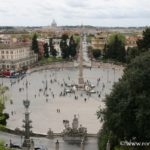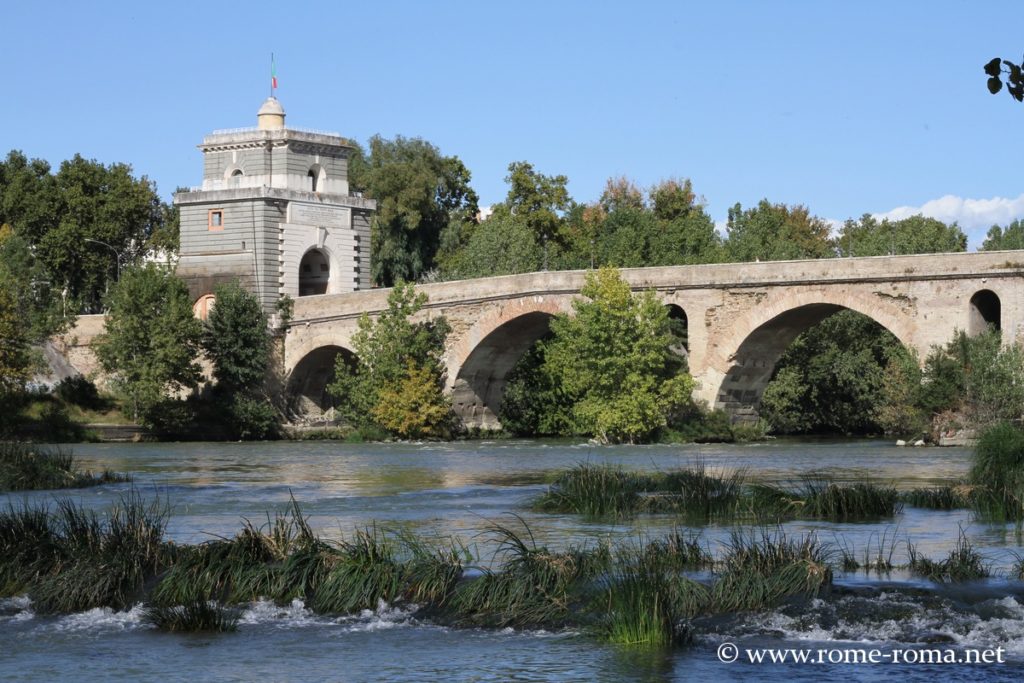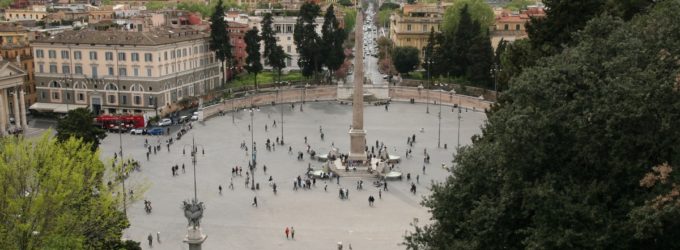The Via Flaminia marks the boundary between the districts of Flaminio, Pinciano, and Parioli.
The Via Flaminia between the Porta del Popolo and the Milvian Bridge
One of the ancient roads starting from the north of Rome, the Via Flaminia crossed the city walls through the Porta Flaminia, later renamed Porta del Popolo, opening onto Piazza del Popolo. From there it reaches, 3 km further north, the Milvian Bridge, an ancient bridge spanning the Tiber. It is known for the decisive battle for the imperial title between Constantine and Maxentius in the year 312 CE. Beyond the bridge, the road follows the valley, continues into Umbria, and crosses the Apennines to reach the Adriatic coast at Rimini.
The district west of Via Flaminia toward the Tiber is Flaminio, where remnants of early 20th-century automobile factories remain. On the opposite side are the districts of Pinciano and Parioli, extending respectively toward Villa Borghese and Villa Ada.
The Museums of Flaminio and Pinciano
Not far from Porta del Popolo, the Hendrik Christian Andersen Museum is dedicated to the Italian-Norwegian American artist. Nearby is the Children’s Museum, aimed at children from 0 to 11 years old.
Heading toward Villa Borghese, Via delle Belle Arti leads to the large National Etruscan Museum of Villa Giulia, then to the National Gallery of Modern Art, and further on to the Bioparco Zoo, as well as Villa Borghese, home to the renowned Borghese Gallery.
The Museums and Districts North of Flaminio and Parioli
Further north, Piazza Apollodoro is a large rectangular crossroads, from which heading west one passes near the MAXXI, the National Museum of 21st Century Arts, before reaching the Ponte della Musica – Armando Trovajoli, close to the Teatro Olimpico, one of the major performance venues in Rome.
To the east of Piazza Apollodoro lies the Villaggio Olimpico with the Auditorium Parco della Musica.
To the north, the road reaches the Milvian Bridge, with the Tor di Quinto district on the opposite bank.
The Villaggio Olimpico in Parioli
The part of Parioli leading to the Tiber corresponds to the Villaggio Olimpico. This Olympic complex with stadium, tennis courts, and the Palazzo dello Sport was built for the 1960 Rome Olympic Games. The Auditorium Parco della Musica, recently dedicated to Ennio Morricone, was designed by Renzo Piano and inaugurated in 2003. It includes three concert halls, among which the Sala Santa Cecilia, dedicated to classical music with 2,742 seats, as well as a theatre hall.
On the other side of the Tiber, the sports complex of the Foro Italico, which notably includes the Stadio dei Marmi, dates instead from the Fascist period.
Monuments and Sites
- Piazza del Popolo in Rome
 The large Piazza del Popolo (Italian: Piazza del Popolo) was designed in ...
The large Piazza del Popolo (Italian: Piazza del Popolo) was designed in ...
More Sites in the District
District Map
If you see this after your page is loaded completely, leafletJS files are missing.





